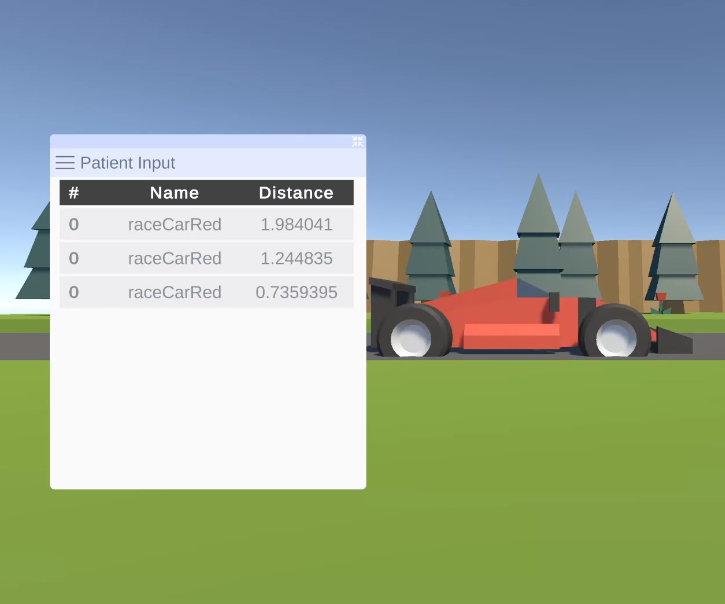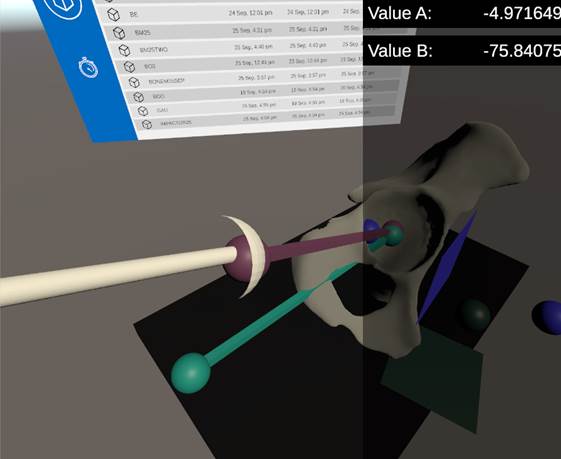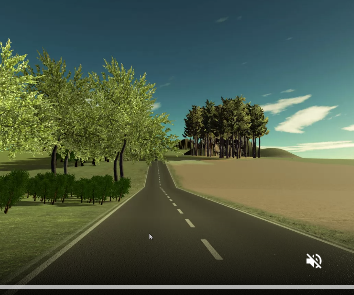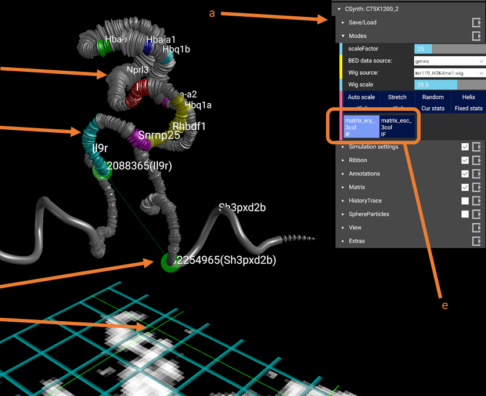
Oxford Medical XR Facility
Extended Reality virtual environments to maximise the potential of biomedical imaging and translational medicine.
Learn More
Virtual Reality (VR) and Augmented Reality (AR) are both novel technologies allowing users to experience enhanced or virtual environments with the use of head-mounted displays. In VR a user wears a head-mounted display that allows complete immersion in a 3D world. Using controllers, objects may be picked up and manipulated in the same way an object would be in the real world. In AR the user has a transparent head-mounted display which overlays images and data onto the real world. Together, these two technologies are referred to as Extended Reality (XR), and they will open new avenues for the visualisation and analysis of data in the field of medicine.
Recent publications:





This work has been funded by: